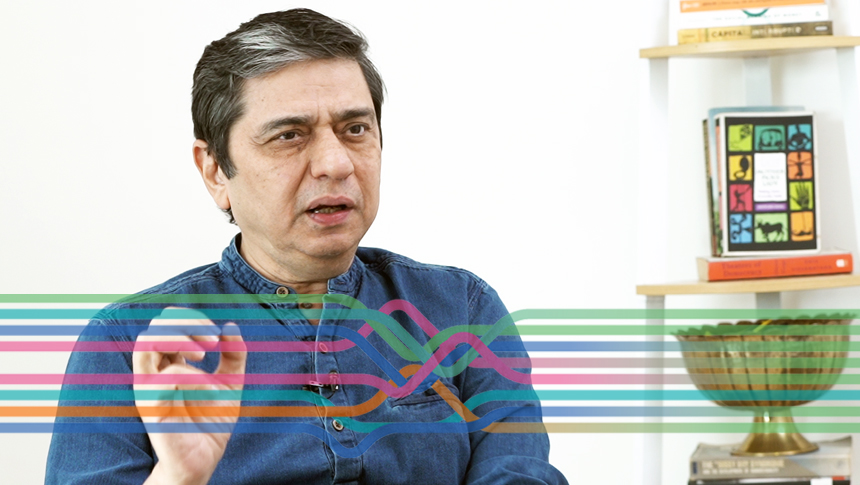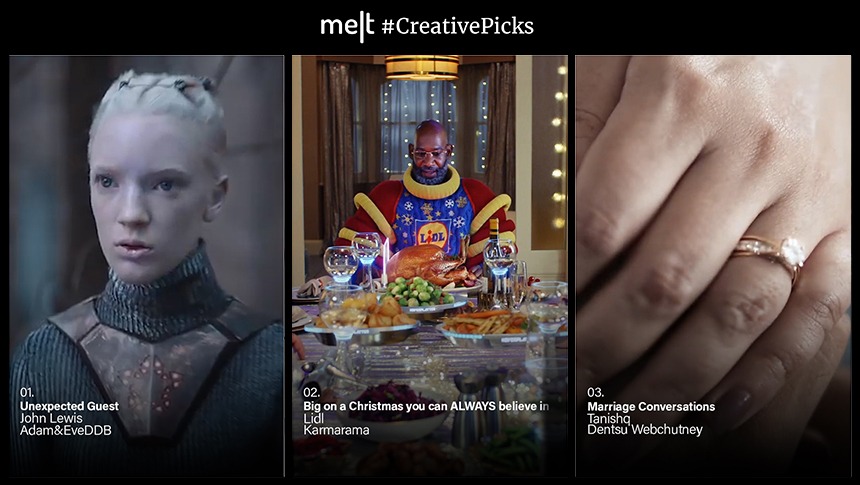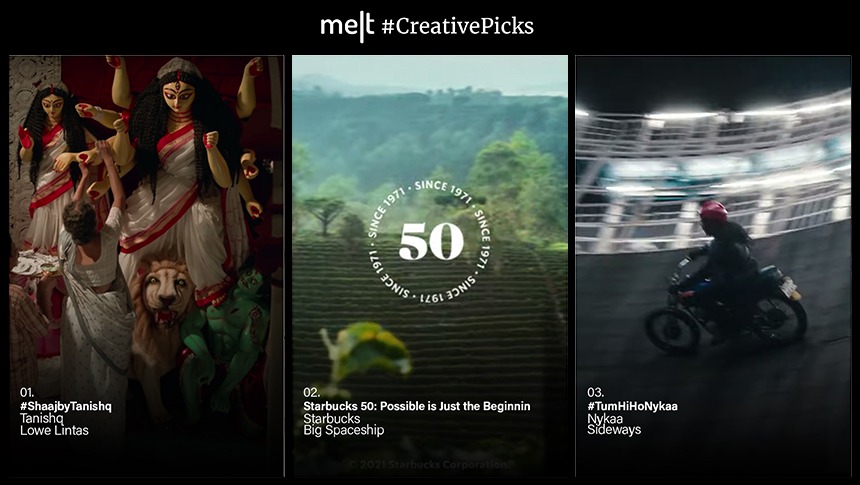I googled ‘size of the advertising industry in India’ and this is what popped up as the first result:
“Overall, the Indian advertising industry was at Rs 68,475 crore by the end of 2019, and is expected to grow by 10.9% to reach Rs 75,952 crore by the end of 2020. It is expected to grow at 11.83% CAGR to reach a market size of Rs 133,921 crore by 2025,” linking to an Economic Times article.
Much has changed since this prediction was made (it was made in January 2020), but even a discounting of these numbers by 20-30 percent thanks to Covid will illustrate my point.
In 2009 (or 2010), at Goafest, a Conclave discussed how to grow the India advertising industry to Rs.50,000 crore.
All big numbers. Rs. 68,000 crore. Res. 75,000 crore. Rs. 130,000 crore. Rs. 50,000 crore.
These numbers make it sound as if the advertising industry is truly humungous, one that should have far more clout than it has.
Compare the figures above to the sales of Hindustan Unilever for the year ended March 2020: Rs. 38785.00 crore.
So whatever watered down figure you take of the advertising industry, it seems that it is certainly much bigger than Hindustan Unilever.
That sounds a bit weird.
It is.
The root of this false sense of self is the ‘capitalised’ billing, that was, and is, the norm in this business. The ‘size’ of the advertising industry includes all the money passing through the advertising agency – which includes the payment to media.
Historically, media raised bills on the ad agencies, ad agencies raised media bills on the advertisers.
So the ‘size’ of the advertising industry includes all the payments made to media. All the payments made to all the TV channels, all the newspapers, and all the tech companies (including, of course, Google and Facebook and all their sub-brands).
There’s a small percentage of this ‘size’ that is the actual revenue and actual ‘size;’ of the advertising industry (media agencies, creative, agencies, digital agencies, PR agencies, social agencies and so on).
As a result, using this misleading definition of the ‘advertising industry’ the power in this larger business has clearly and inexorably shifted to the people and powers that control the media money.
To understand this more clearly, look at the composition of the management committee of the Advertising Club (https://theadvertisingclub.net/mancom/), including the special invitees.
The majority has never worked in an advertising agency. Never. The majority has worked, or currently works, in media or in media agencies.
With the exception of Sidharth Rao, none has ever worked in ‘creative’. A handful has worked in what we call ‘creative agencies’.
It’s pretty much the same if you look at the Advertising Agencies Association of India (https://www.aaaindia.org/about-aaai/management/#).
One does see a much better representation of ‘creative agency’ executives, but there is still an astonishing absence of the creative professionals.
Which brings me to the point of this post. The Tanishq brouhaha is still simmering, but, other than a couple of statements from Ad Club, AAAI, IAA and ASCI, there’s been no follow up. Zilch.

There’s no worry that the Tanishq experience is only a taste of what could come in the future and this is representative of a problem that needs to be nipped in the bud.
But the problem, when it surfaces again, will affect the creative agencies and not the media agencies and or the media itself.
The creative professionals – those who work on MAKING an ad – seem to have neither representation nor voice in any of the industry bodies.
And the industry bodies do not feel the pain that the creative director feels in a situation like this.
It’s because the creative business is an insignificant part of the Rs 75,000 crore.
When there is pain on the media revenue front (as has happened, from time to time, with TDS, with GST, and so on), the industry bodies are quick to rush to the powers that be and attempt to get the problems addressed.
But why would they feel the same sense of urgency when there’s a problem with an ad, like the Tanishq ad?
That’s a problem for the creative agencies – and they’re too insignificant to care about.



